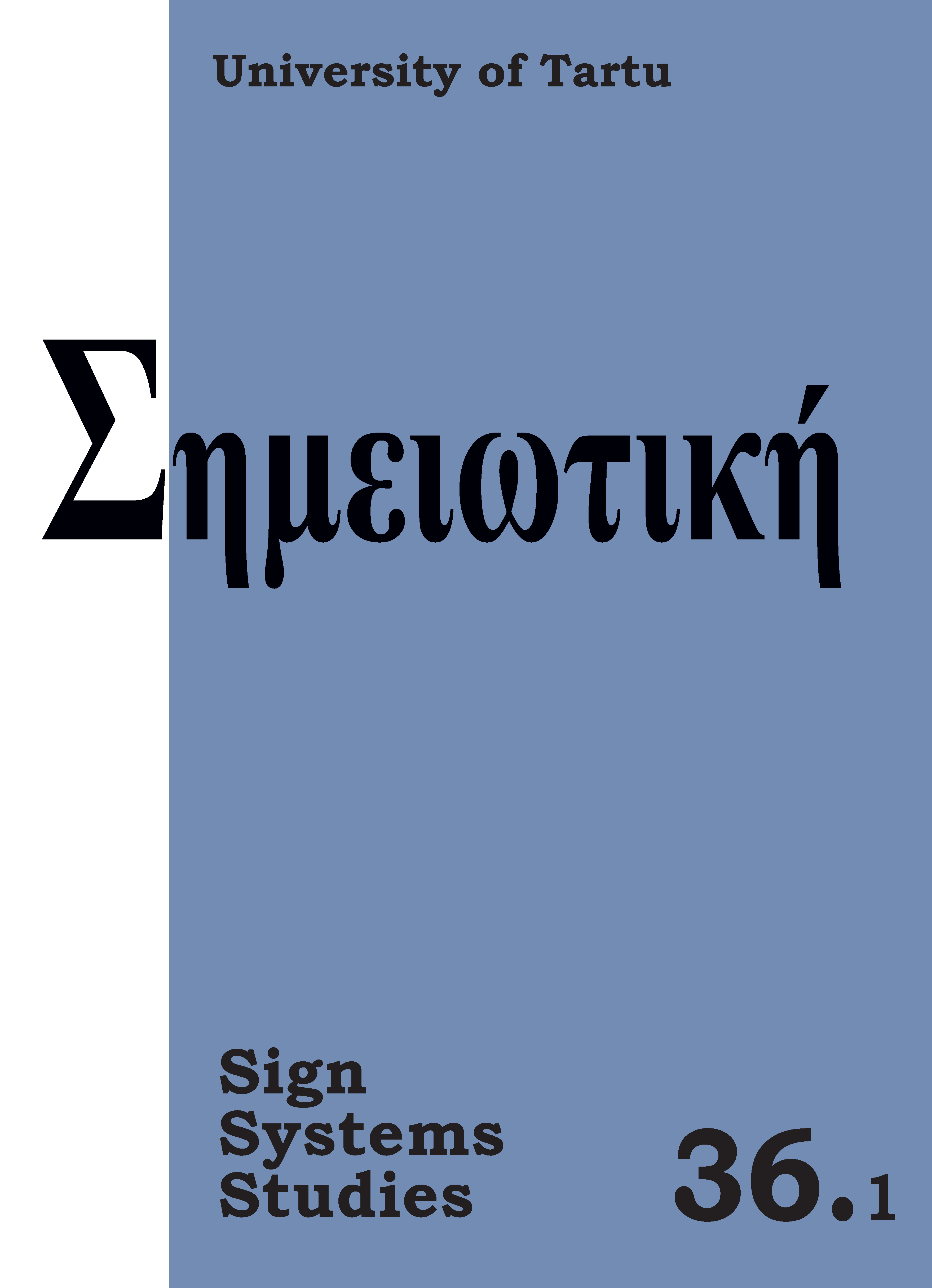L’effet de réel revisited: Barthes and the affective image
DOI:
https://doi.org/10.12697/SSS.2008.36.1.07Abstract
This article addresses Barthes’s development from a structuralist semiotician towards an affectively responding reader in terms of ‘postrational’ subjectivity. In light of his whole oeuvre, Barthes anticipates the understanding of emotion as an integral part of cognition presented in contemporary social neuroscience. To illustrate Barthes’s growing awareness of the importance of this epistemological move, the article starts from his textual ‘reality effect’ as a critical vehicle of realist representation. It then shifts to his attempt at conceptualising an affective reading which resists the universalising idea of one ideologically determined signified. Barthes’s progress towards embracing the actual reader’s embodied self-feeling is prompted by two conceptual milestones: the obtuse meaning found in cinematic stills, and the experience of punctum felt in photos. In light of his lectures in the Collège de France, Barthes substitutes the Husserlian disembodied method of introspection with the Chinese wu-wei as a reading practice. As a result, his Zen-Buddhist concentration on bodily feelings elicited by visual/verbal images becomes a method capable of creating a fruitful link between language and wordless cognition. Finally, the article proposes an idea of the ‘embodied reality effect’ by reading affectively two similar scenes interpreted by the early and late Barthes himself.


